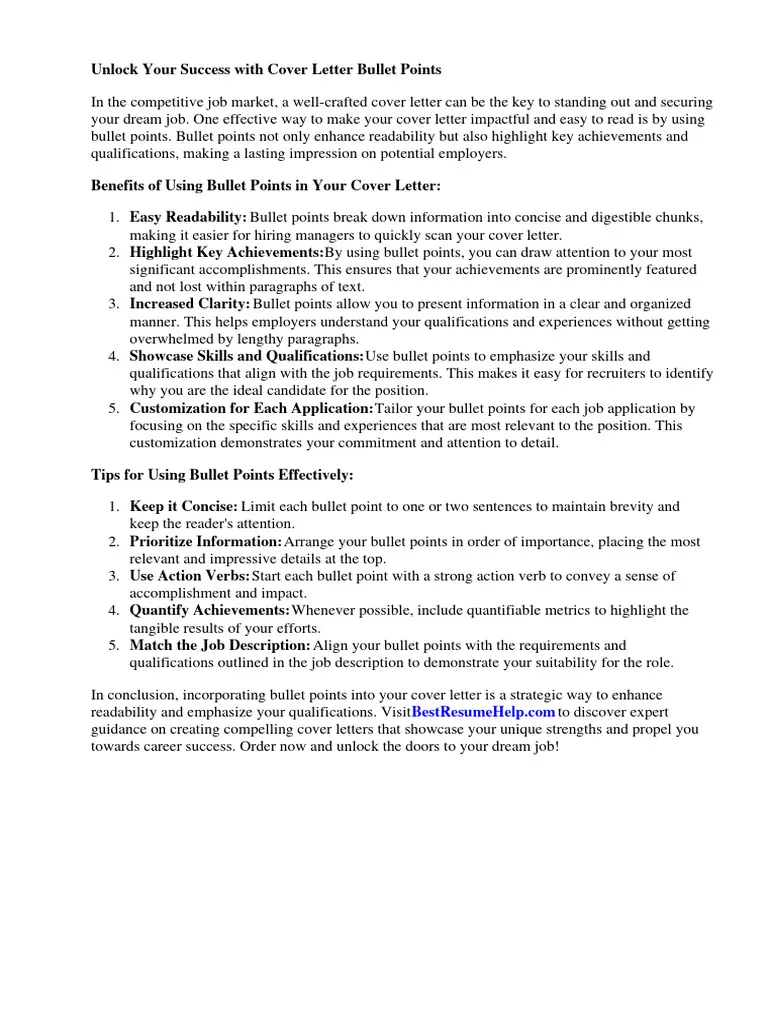Why Bullet Points Cover Letters Work
In the fast-paced world of job applications, making a strong first impression is crucial. A bullet points cover letter is a powerful tool that helps you do just that. Unlike traditional cover letters that can often be lengthy and filled with prose, a bullet points cover letter delivers your key qualifications and accomplishments in a concise and easily digestible format. This structure immediately captures the reader’s attention, allowing you to highlight your most relevant skills and experiences upfront. Recruiters and hiring managers are often swamped with applications, and they appreciate a format that saves them time while still providing the essential information they need to make a decision. This approach ensures that your most compelling points are not buried within paragraphs of text, increasing the likelihood that your application will stand out from the crowd and secure you an interview. By focusing on clarity and impact, a bullet points cover letter can be a game-changer in your job search strategy.
Benefits of Bullet Points Cover Letters
The benefits of using a bullet points cover letter are numerous, making it a highly effective approach for job seekers. First and foremost, it saves time for both the applicant and the hiring manager. For you, the format allows you to quickly summarize your key qualifications without getting bogged down in excessive detail. For the reader, it offers an efficient way to assess your suitability for the role. This efficiency is particularly beneficial in today’s job market, where recruiters often have limited time to review each application. Secondly, a bullet points format improves readability. By breaking down information into short, easily scannable points, you make it easier for the reader to quickly grasp your key skills and achievements. This enhanced readability increases the likelihood that your application will be thoroughly reviewed. Furthermore, this format allows for a focused approach. You can strategically highlight the most relevant information, tailoring your letter to directly address the requirements of the job description. This targeted approach significantly increases your chances of making a strong impression and securing an interview.
Highlight Key Skills and Accomplishments
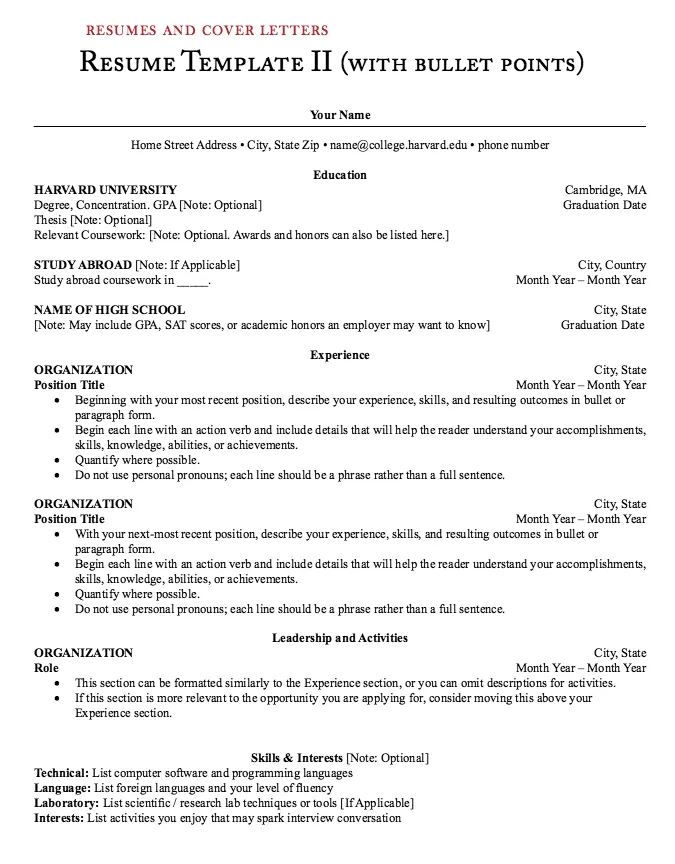
When crafting your bullet points cover letter, it is critical to effectively highlight your key skills and accomplishments. The goal is to showcase how your abilities and experiences align with the specific requirements of the job you are applying for. Start by reviewing the job description carefully and identifying the essential skills and qualifications the employer is seeking. Then, brainstorm examples from your professional and academic history that demonstrate those skills. For each bullet point, use action verbs to describe your accomplishments and quantify your achievements whenever possible. For instance, instead of saying “Managed projects,” you could write “Managed 10+ projects, delivering them on time and under budget, resulting in a 15% increase in efficiency.” This level of detail not only provides concrete evidence of your abilities but also makes your application more compelling. Prioritize the most relevant skills and accomplishments, and tailor your bullet points to match the specific needs of the job, demonstrating how you can contribute to the company’s success.
Formatting Your Bullet Points Cover Letter
Effective formatting is crucial for a bullet points cover letter. It ensures your key information is presented in a clear, concise, and visually appealing manner. Begin with a professional header that includes your contact information, the date, and the hiring manager’s name and title, if known. Use a clear and readable font, such as Arial, Calibri, or Times New Roman, and maintain a consistent font size throughout the document. The body of your cover letter should be divided into logical sections, each with a clear heading. This structure helps the reader navigate the document and easily find the information they are looking for. Within each section, use bullet points to present your key qualifications, skills, and accomplishments. Keep each bullet point concise, ideally one or two lines long, and start each one with a strong action verb. Use white space effectively to separate sections and bullet points, making the document easy to read and visually appealing. A well-formatted cover letter demonstrates attention to detail and professionalism, increasing your chances of making a positive impression.
Structuring Your Cover Letter with Bullets
Structuring your bullet points cover letter effectively is key to maximizing its impact. The best structure typically includes an opening section, a section highlighting skills and experience, and a closing section. The opening section should immediately grab the reader’s attention and state your interest in the position. Clearly state the job you are applying for and where you saw the advertisement. Then, include a brief summary of your most relevant qualifications. The main body of the letter should be dedicated to showcasing your skills and experience. This is where you use bullet points to highlight your accomplishments and demonstrate how you meet the job requirements. Organize the bullet points logically, using clear headings for each section. Use action verbs and quantify your achievements whenever possible to make your points more impactful. Finally, the closing section should reiterate your interest in the position and express your availability for an interview. Thank the reader for their time and consideration, and include a call to action, such as encouraging them to contact you.
The Opening Section
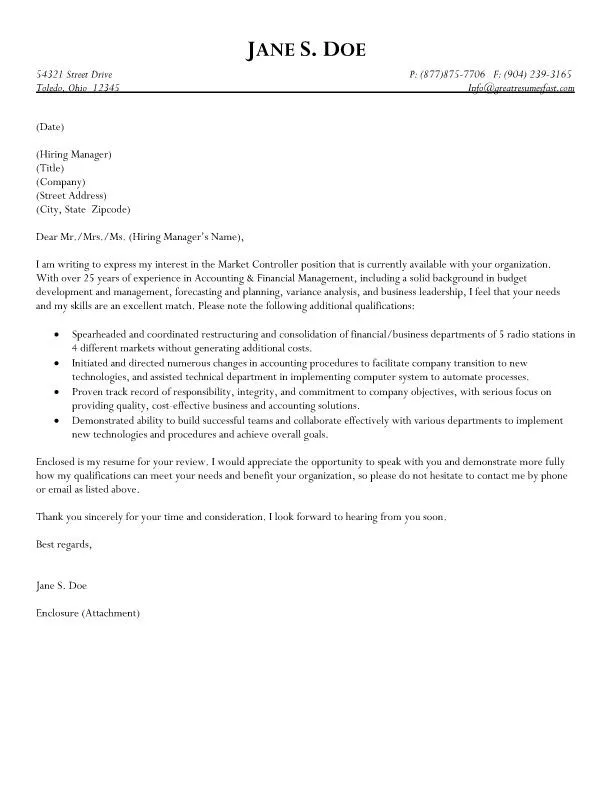
The opening section of your bullet points cover letter is your opportunity to make a strong first impression. It should immediately grab the reader’s attention and clearly state your purpose. Begin by addressing the hiring manager by name, if possible. If the name is not available, use a professional greeting such as “Dear Hiring Manager.” Then, clearly state the position you are applying for and where you found the job posting. This provides context and helps the reader understand your application immediately. Follow this with a brief summary of your most relevant qualifications. Highlight one or two key skills or experiences that directly align with the job description. This initial summary should be concise and compelling, setting the stage for the detailed information that follows in the main body of the letter. The opening section sets the tone for the rest of your cover letter and determines whether the reader will continue to review your application. A strong opening is the foundation of a successful bullet points cover letter.
Highlighting Skills and Experience
The heart of your bullet points cover letter is the section where you showcase your skills and experience. This is where you provide concrete evidence of your qualifications and demonstrate how you meet the requirements of the job. Carefully review the job description and identify the key skills and experiences the employer is seeking. Then, create a separate bullet point for each skill or experience, using action verbs to start each one. For example, instead of writing “Responsible for project management,” you could write “Managed cross-functional project teams, successfully delivering projects on time and within budget.” Quantify your achievements whenever possible. For example, “Increased sales by 15% through strategic marketing campaigns.” Organize the bullet points logically, grouping similar skills or experiences together under relevant headings. This structured approach helps the reader quickly understand your qualifications and how they relate to the job. The goal is to demonstrate your value and convince the hiring manager that you are the best candidate for the role.
Quantifying Achievements
Quantifying your achievements is a powerful way to make your bullet points cover letter more impactful and persuasive. Numbers, percentages, and specific metrics provide concrete evidence of your abilities and the value you bring to an organization. Whenever possible, replace general statements with quantifiable results. For example, instead of saying “Improved customer satisfaction,” write “Increased customer satisfaction scores by 20% through the implementation of a new customer service program.” Similarly, instead of saying “Managed a team,” write “Managed a team of 10 employees, resulting in a 10% increase in productivity.” Quantifying your achievements helps the reader quickly understand the scope and impact of your work. It also demonstrates your ability to achieve results and contribute to the success of the company. Use data from previous roles to showcase your accomplishments. This level of detail makes your application more compelling and significantly increases your chances of securing an interview.
Using Action Verbs
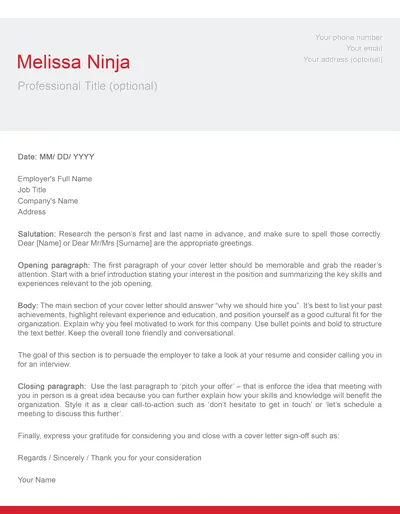
Using strong action verbs is a critical element of an effective bullet points cover letter. Action verbs immediately grab the reader’s attention and bring your accomplishments to life. They also provide a clear indication of your skills and abilities. Start each bullet point with a powerful action verb that accurately describes what you did. Avoid vague verbs such as “helped” or “worked on.” Instead, use verbs that convey specific actions and results. Examples of effective action verbs include “managed,” “led,” “developed,” “implemented,” “achieved,” “increased,” “reduced,” “created,” and “improved.” By using strong action verbs, you transform your list of responsibilities into a compelling narrative of your accomplishments. This approach makes your application more engaging and memorable, increasing your chances of standing out from the competition. Always choose verbs that reflect the skills and qualifications required by the job description. This ensures that your cover letter effectively highlights your relevant experience.
The Closing Section
The closing section of your bullet points cover letter is your final opportunity to leave a lasting impression. This section should reiterate your interest in the position and express your enthusiasm for the opportunity. Start by summarizing your key qualifications and why you are a good fit for the role. Reiterate your understanding of the company’s needs and express confidence in your ability to contribute to their success. Then, clearly state your availability for an interview. Include your contact information, such as your phone number and email address, to make it easy for the hiring manager to reach you. Finally, thank the reader for their time and consideration. A polite and professional closing demonstrates your respect for their time and reinforces your professionalism. A well-crafted closing section leaves the reader with a positive impression and increases your chances of securing an interview. This is your final chance to encourage the hiring manager to take the next step.
Tips for Customizing Your Cover Letter
Customizing your bullet points cover letter is essential for maximizing its impact. Generic cover letters that are sent to multiple employers often fail to capture the reader’s attention and highlight your suitability for the specific job. Start by carefully reviewing the job description and identifying the key requirements and qualifications. Then, tailor your letter to address these requirements directly. Highlight the skills and experiences that align with the job description, and use keywords from the job posting throughout your letter. Show that you understand the company’s values, mission, and goals. Research the company and mention specific projects, initiatives, or goals that resonate with your experience. Demonstrating that you have taken the time to understand the company and the role shows that you are genuinely interested and increases your chances of making a strong impression. Customization shows that you are not just sending out a generic application; it shows you’re invested in the opportunity.
Tailoring to the Job Description
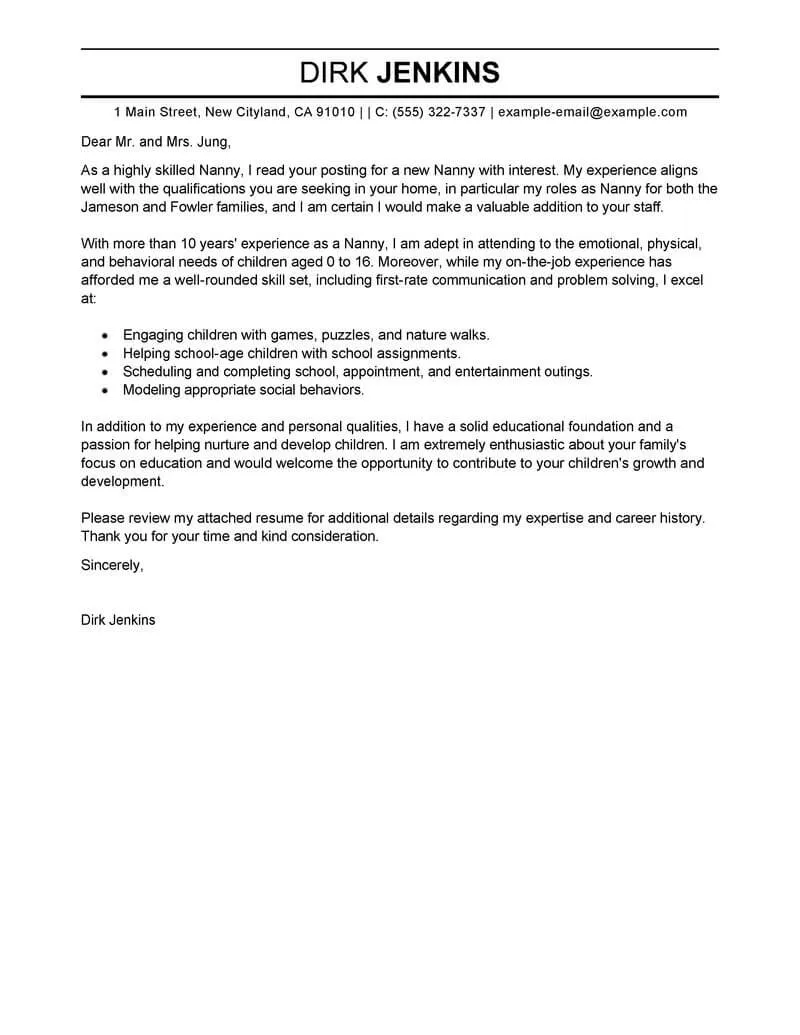
Tailoring your bullet points cover letter to each specific job description is a critical step in the job application process. It demonstrates that you have taken the time to understand the specific requirements of the role and are genuinely interested in the opportunity. Begin by carefully analyzing the job description, paying close attention to the required skills, qualifications, and experiences. Then, customize your cover letter to highlight how your skills and experiences align with these requirements. Use keywords from the job description throughout your letter, especially in your bullet points. This helps the hiring manager quickly identify the key skills you possess. Prioritize the most relevant skills and accomplishments, and provide specific examples that demonstrate your ability to meet the job requirements. Research the company and tailor your letter to reflect their values and mission. By carefully tailoring your cover letter, you increase your chances of making a strong impression and demonstrating that you are the ideal candidate for the role. Your cover letter becomes a targeted advertisement of your skills.
Proofreading and Editing
Proofreading and editing your bullet points cover letter is a non-negotiable step in the application process. Errors in grammar, spelling, and punctuation can create a negative impression and undermine your credibility. Before submitting your cover letter, carefully proofread it for any mistakes. Use a grammar and spell-checking tool to catch any obvious errors, but don’t rely on these tools alone. Read your cover letter aloud to catch any awkward phrasing or sentence structures. Ask a friend, family member, or career counselor to review your cover letter. A fresh pair of eyes can often catch errors that you may have missed. Ensure that your formatting is consistent throughout the document and that your contact information is accurate. A polished and error-free cover letter demonstrates attention to detail and professionalism. It shows that you care about the details and are committed to presenting yourself in the best possible light. Take the time to proofread and edit your cover letter carefully. It’s an investment in your future.
